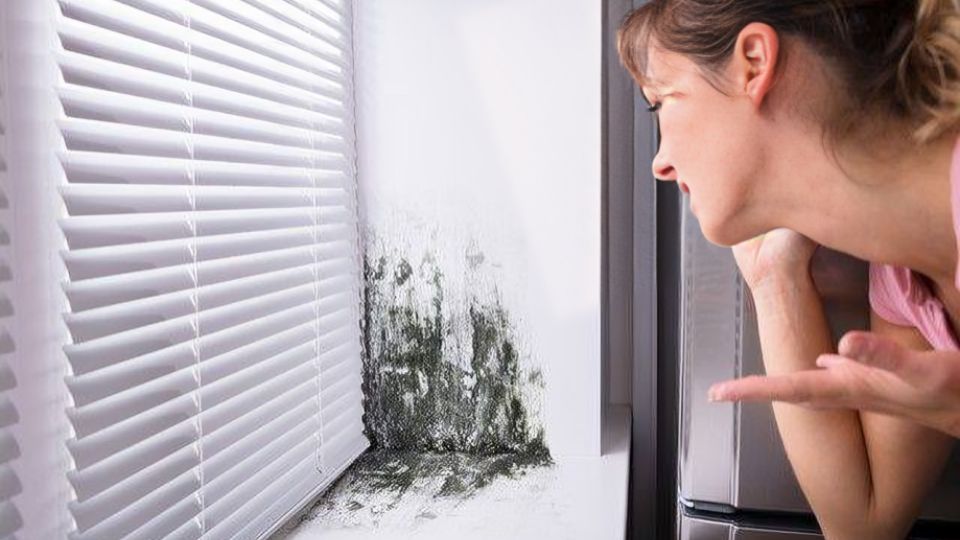Discovering mold in your home or business can be unsettling. Often, the immediate question that comes to mind is, do you have to throw everything away with mold? The answer is not as straightforward as it may seem. While mold remediation is crucial, knowing what to throw after mold remediation and what you can salvage after mold damage is equally important.
Items You Can Save
Fortunately, not all is lost when you find mold. Certain materials are more resistant to mold and can be thoroughly cleaned. Items made of plastic, metal, ceramic, or glass are generally non-porous and can withstand good cleaning. Likewise, fabric that has been deeply cleaned and disinfected often survives the ordeal. Electronics and electronic appliances also fall into the salvageable category, thanks to their hard surfaces and cleanable components.
However, caution is advised with belongings that show clear signs of compromise, such as permanent spots and stains, or those that retain a funky smell even after a thorough cleaning. These items may require more specialized cleaning techniques or, in some cases, may not be salvageable.
What Needs to Go
Certain items are more susceptible to mold and should be discarded to prevent health risks and further spread.
- Porous materials: Carpet, upholstery, and mattresses absorb moisture and mold spores deeply, making complete removal nearly impossible.
- Paper-based items: Books and documents, along with anything food-based or in contact with food, should be thrown away.
- Items that have been submerged in water are at high risk for mold contamination and are typically beyond saving.
Read more: How Fast Can Mold Grow After Water Damage?
Cleaning Mold-Exposed Items
Furniture requires a different approach based on its material. Hard surfaces like laminate, wood, or metal can often be cleaned with a damp cloth and a mild detergent, followed by thorough drying. However, if the mold is a result of sewer water, a disinfectant mix should be used.
Books and important documents demand careful drying and cleaning with a soft brush or cloth and denatured alcohol to remove mold spores without damaging the text. In some cases, particularly for invaluable or irreplaceable documents, professional restoration or replacement might be necessary.
Leather goods need tender love and care. Start by removing mold with a clean cloth or soft brush, then clean with water and a non-phosphate detergent mixture, followed by drying and application of a leather conditioner.
Get Back to a Mold-Free Life
Not everything may need to be discarded, and with the right approach, many of your belongings can be restored to their pre-mold glory. Contact us and discover peace of mind with Mold-B-Gone, your go-to expert for mold cleaning services in Atlanta.

